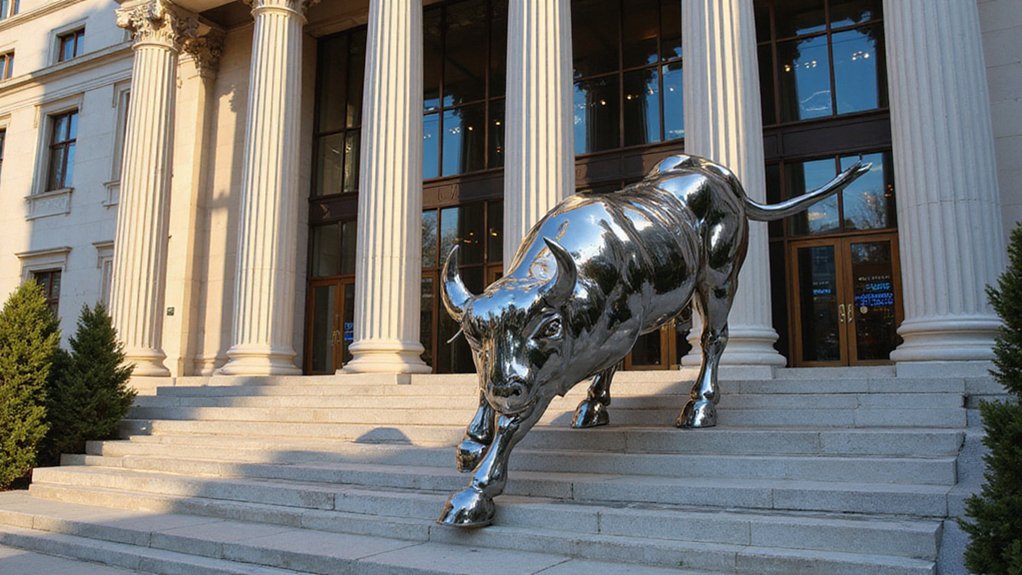Irony, it seems, has become the dominant force in cryptocurrency markets, where the ostensibly stable Tether (USDT) now finds itself steering through the most turbulent regulatory waters of its controversial existence. The world’s third-largest cryptocurrency by market capitalization—a staggering $156 billion behemoth commanding 66% of the stablecoin market—faces its most existential challenge yet: the looming GENIUS Act.
This pending U.S. legislation represents more than bureaucratic posturing; it threatens to fundamentally reshape Tether’s operational landscape. While the company maintains its characteristic opacity regarding specific compliance strategies, the writing appears etched in regulatory stone. The irony deepens when considering that USDT’s remarkable stability (currently trading at $1.00005) and astronomical liquidity—$137 billion in 24-hour volume representing a 59.6% daily surge—might prove insufficient armor against legislative intent.
Tether’s strategic response reveals fascinating contradictions. The company plans launching a U.S.-focused stablecoin by late 2025 or early 2026, contingent on regulatory clarity that may never materialize in forms they prefer.
Meanwhile, operational reality suggests different priorities: May 2025 witnessed Tether minting $1 billion USDT on Tron in a single day, described euphemistically as “inventory replenishment.” This blockchain diversification strategy—with Tron’s USDT supply surpassing Ethereum’s $75 billion threshold—demonstrates pragmatic adaptation to cost and scalability pressures.
Market dynamics present their own paradoxes. Price forecasts suggest USDT could reach $1.05 by 2026 and $1.28 by 2030, modest appreciations for a theoretically dollar-pegged asset that highlight growing adoption despite regulatory uncertainty. The migration toward Tron’s lower-fee environment underscores user preferences that transcend regulatory concerns. As traditional stablecoins face mounting scrutiny, emerging platforms like Kaanch Network offer near-zero gas fees alongside 1.4 million transactions per second, potentially reshaping how digital assets operate in regulated environments. Adding weight to Tether’s growing influence, the company now holds over $120 billion in U.S. Treasury bonds, surpassing Germany to become the 19th-largest holder globally.
The ultimate question remains whether Tether’s technical resilience and market entrenchment can withstand legislative pressure designed to enhance transparency and reserve disclosures. The company’s role as crypto’s “safe harbor” continues strengthening even as regulatory storms gather.
Perhaps most tellingly, while politicians debate frameworks, traders continue executing $137 billion in daily volume—a reflection of market forces that rarely align with regulatory timelines or intentions.









